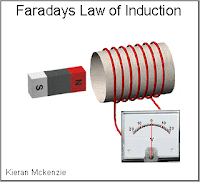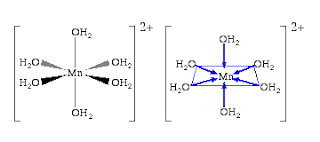The order of increasing Brønsted acidity for boron hydrides is
A. B5H9 < B6H10 < B10H14
B. B10H14 < B5H9 < B6H10
C. B6H10 < B10H14 < B5H9
D. B10H14 < B6H10< B5H9
Soln : A. B5H9 < B6H10 < B10H14
Acidity of boron hydride depends on the size of borane greater the sizes higher will be the acidity. This is because the negative charge, formed upon deprotonation, can be better delocalized over a large anion with many boron atoms than over a small one.
A. B5H9 < B6H10 < B10H14
B. B10H14 < B5H9 < B6H10
C. B6H10 < B10H14 < B5H9
D. B10H14 < B6H10< B5H9
Soln : A. B5H9 < B6H10 < B10H14
Acidity of boron hydride depends on the size of borane greater the sizes higher will be the acidity. This is because the negative charge, formed upon deprotonation, can be better delocalized over a large anion with many boron atoms than over a small one.

















